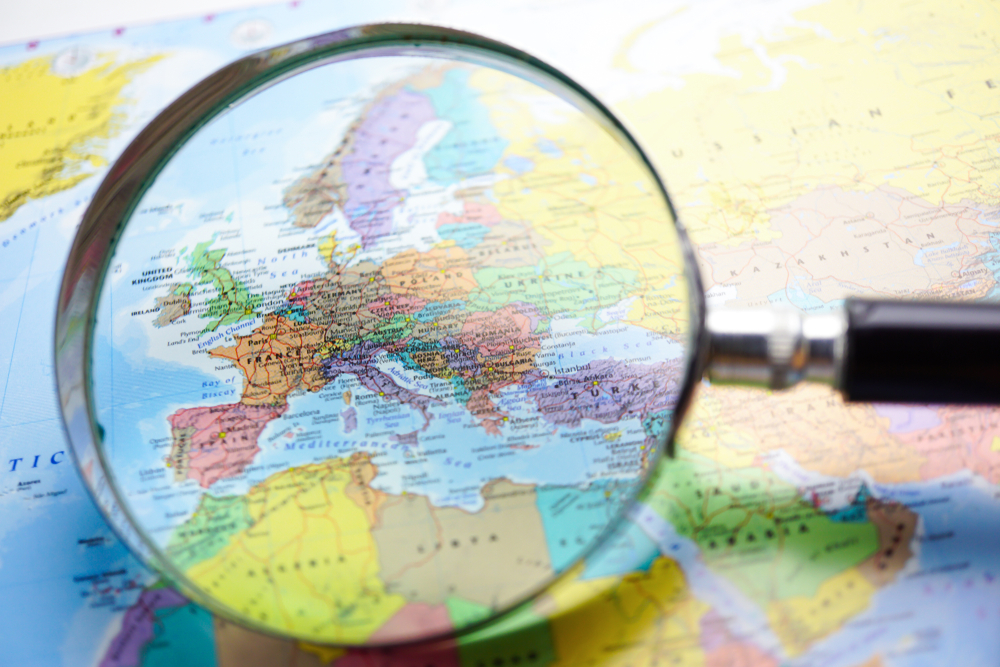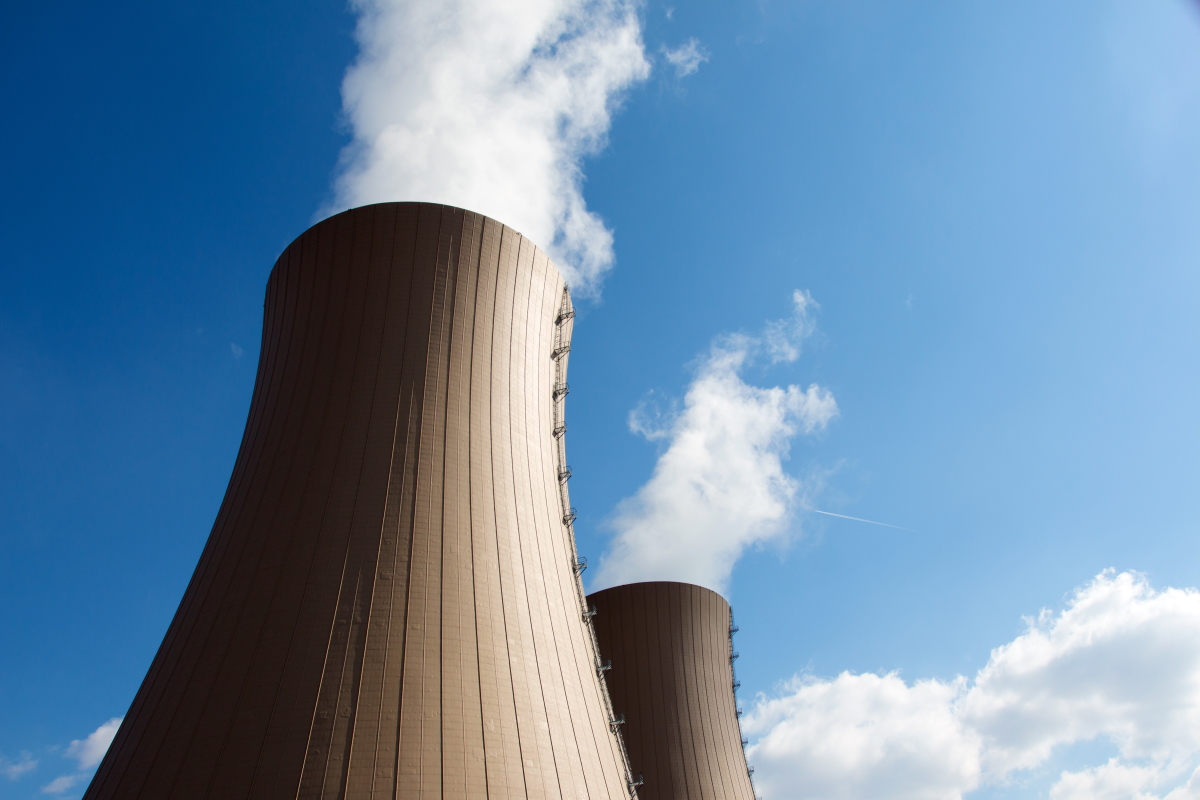The Paris Agreement has set a target for net-zero emissions by 2050 and countries around the globe are deploying clean energy technologies. While hydro, solar, and wind power are traditional solutions, investment in nuclear energy will also play a key role, says Brookfield Asset Management.
In a recently published whitepaper, the investment management firm details the rise in nuclear capacity across global economies, citing International Energy Agency’s (IEA) estimate that nuclear power capacity will double between 2020 and 2050.
“We believe nuclear energy will grow in the coming decades because it provides access to clean, safe, reliable and affordable energy. And given the technological advances in nuclear reactors due in the coming years, nuclear power is back in the spotlight again,” says Brookfield.
The asset management firm says that renewable energy sources need to displace fossil fuels quickly to reach the net-zero goal of 2050 while citing the IEA’s estimate for growth in each type of energy source over the next three decades. Brookfield takes the case study (among other case studies) of the Canadian city of Ontario which has ended the use of coal and now relies on nuclear, natural gas and non-hydro renewables.
The whitepaper talks about how the use of nuclear power has helped displace CO2 emissions, with the US leading the pack at the end of 2020. Brookfield further talks about energy security and energy independence in the context of the ongoing war in Ukraine. “The simple reality is that if a country does not have its own natural gas, nuclear energy is one of the best ways to achieve sovereignty over energy in the long run,” says Brookfield.
Wrapping up the whitepaper, Brookfield says that demand for clean energy is rising rapidly and investment in nuclear power could be key to reaching net zero by 2050.
Download the whitepaper here.
Read more

T. Rowe Price
Why US Treasuries may no longer be a safe haven
US Treasuries recent performance has fallen short of expectations.

Candriam
The euro bond market is back in focus
Rising yields and shifting fiscal dynamics are bringing the euro bond market back into focus.

Lombard Odier
EM equities – potential opportunities amid challenges
EM equities face renewed pressure amid US trade policy shifts, slowing growth, and investor outflows.

US Markets
100 days of Donald Trump
The first 100 days of Donald Trump’s second term have shaken markets. Asset managers weigh in on US equities, bonds, and the dollar.





















